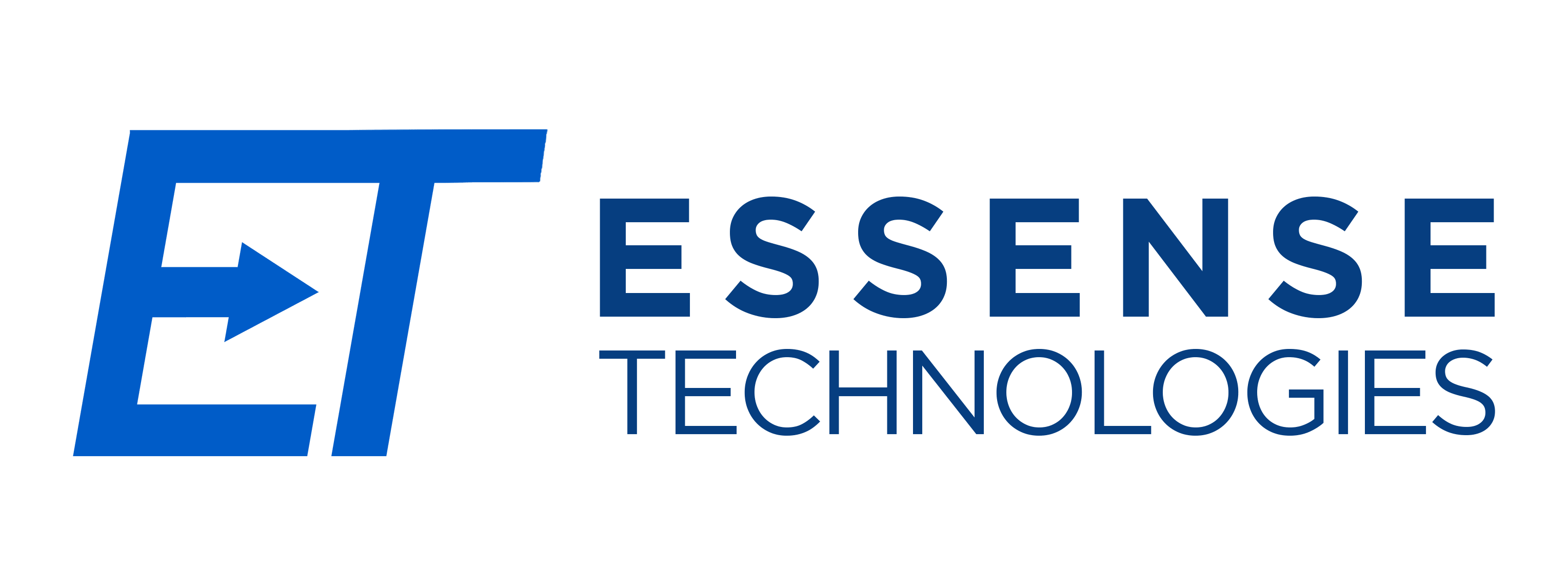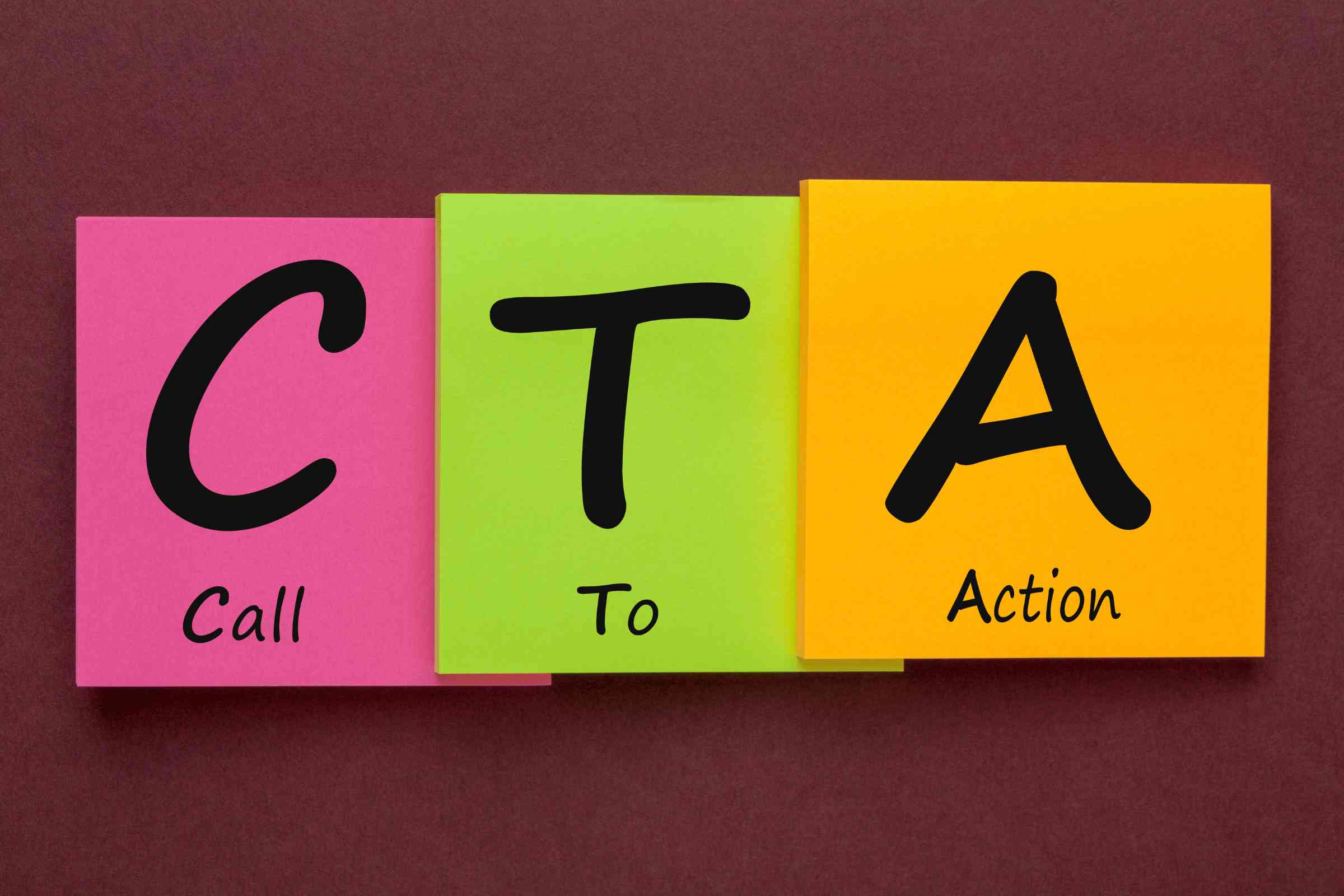Call to Action (CTA) is a marketing term that refers to a statement or command that urges the audience to take immediate action. It’s a crucial component of any marketing campaign or communication strategy, as it motivates the audience to engage with the brand and ultimately leads to conversions. In this article, we’ll delve into the world of CTAs and provide you with everything.
Why Call to Action (CTA) is important?
A CTA is a critical part of any marketing campaign, and here are some reasons why:
- It guides your audience: A well-crafted CTA directs your audience on the next step to take, thus reducing confusion and increasing the likelihood of them taking the desired action.
- It creates urgency: By using action-oriented language and creating a sense of urgency, you can encourage your audience to act quickly.
- It drives conversions: CTAs have the potential to convert website visitors into leads, subscribers, and customers, making them an essential tool for any marketer.
Types of Call to Action (CTA)
There are various types of CTAs that you can use in your marketing campaigns. Here are some examples:
1. Text CTAs
These are CTAs that use text to encourage your audience to take action. They are commonly used in emails, blog posts, and website copy. Examples include “Sign Up Now” or “Learn More.”
2. Image CTAs
These are CTAs that use images to grab your audience’s attention and encourage them to take action. Examples include buttons or banners with phrases like “Download Now” or “Get Started Today.”
3. Video CTAs
These are CTAs that appear in video content, such as explainer videos, and encourage viewers to take action. Examples include “Subscribe to our channel” or “Visit our website for more information.”
4. Social Media CTAs
These are CTAs that appear on social media platforms, such as Facebook, Instagram, and Twitter. Examples include “Follow us for updates” or “Tag a friend who needs this.”
Characteristics of a Good Call to Action (CTA)
Creating an effective CTA requires more than just adding a button or a link to your content. Here are some essential characteristics that your CTA should have:
- Clear and concise: Your CTA should be easy to understand and communicate the intended action clearly.
- Action-oriented: Your CTA should use action-oriented language that encourages your audience to take immediate action.
- Eye-catching: Your CTA should stand out visually to grab the audience’s attention and compel them to act.
- Urgent: Your CTA should create a sense of urgency, encouraging your audience to take action quickly.
- Relevant: Your CTA should be relevant to your audience and the content they are consuming.
How to create an effective Call to Action (CTA)
Creating an effective CTA requires careful consideration of your audience, messaging, and design. Here are some tips for creating CTAs that convert:
- Know your audience: Understand your audience’s pain points, motivations, and interests to create CTAs that resonate with them.
- Use strong action verbs: Use verbs like “Download,” “Sign Up,” “Subscribe,” or “Learn More” to encourage action.
- Offer value: Clearly communicate the value your audience will receive by taking the desired action.
- Use contrasting colors: Use contrasting colors for your CTA button or link to make it stand out.
- Test and iterate: Test different CTAs and track their performance to identify what works best for your audience.
Benefits of Call to Action (CTA)
- Increased conversions: A clear and compelling CTA can motivate your audience to take action and increase the likelihood of conversions.
- Better engagement: A well-crafted CTA can improve engagement rates by encouraging your audience to interact with your content and brand.
- Improved user experience: A well-designed CTA can make it easier for your audience to navigate your website or marketing materials and find what they’re looking for.
- Greater brand awareness: By including a CTA in your marketing campaigns, you can create more opportunities for your audience to interact with your brand and increase brand awareness.
- More actionable data: By tracking CTA performance and analyzing the results, you can gather valuable insights into your audience’s behavior and preferences.
Overall, using Call to Action (CTA) in your marketing efforts can improve your ROI, increase engagement, and help you achieve your marketing goals.











